1972 Ford Carousel: The Chrysler Minivan's True Father?

Why the endless questions and arguments about the origins of the Chrysler minivans? It’s the old story: “success has a thousand fathers”. You don’t see designers and execs fighting about the paternity of the Aztek. We stepped on some toes regarding the origins of the Espace, and heard from its father. And we took a wild (and disputed) stab at finding the maternal lineage of European minivans, but the American minivan paternity wars go on. Its origins clearly go back to the early seventies, when both Chrysler and Ford developers claim to have been working on “garageable vans”. Meanwhile, the commonly held story is that Hal Sperlich and Lee Iaccocca’s Minimax concept was spurned by Henry Ford II, and they took it with them to bring to fruition at Chrysler. And as usual, its not quite as simple as that.
Before we jump into the Ford side of the story, lets quickly recap Chrysler’s. In an article at Allpar, Burton Bouwkamp, Chrysler’s Director of product Planning at the time makes the claim that Chrysler was working on a RWD “garageable van” in the early and mid seventies, but were unable to get the funding to take it beyond the clay model and seating buck stage. It wasn’t until Hal Sperlich and Lee Iaccoca arrived from Ford, that the general idea was put on the front burner again, but this time in a more compact FWD package that eventually became the production Chrysler minivan.
But the story that is generally circulated is that Sperlich’s idea for a small van at Ford was rebuffed by Henry Ford II, implying that Ford blew the opportunity to develop the first small van. But like most stories of the kind, it wasn’t nearly that simple. Hank II strongly endorsed a “garageable van”, and the Carousel concept was built in 1972 and almost production ready. And although it’s RWD and larger than Chrysler’s original minivans, it appears to be very similar in size and configuration as today’s un-minivans and especially Ford’s own Flex.
A thread at fomoconews.com on the origins of the American minivan brought the designer of the above pictured Ford Carousel concept, and some very enlightening facts about it and the Minimax, which this is not. Dick Nesbitt was a designer at Ford in the early 1970s, and in his words he describes the circumstances:
… when I was assigned to the Light Truck and Tractor studio, we received a product planning directive to develop a derivative of the upcoming new Ford Econoline Van, code named “Nantucket” and due for release in 1975. The derivative was code named “Carousel” and was intended to attract station wagon buyers with more car-like styling combined with the added appeal of van utility.
From hundreds of concept sketches created by staff designers in this studio during 1972, one of mine was selected by Hal Sperlich, Director of Product Planning, and Lee Iacocca as the approved design direction. I directed the construction of a full-size clay model, and the vehicle received a great deal of interest from Henry Ford II. Unfortunately, the OPEC oil embargo of 1973 halted further development after a drivable, fabricated metal prototype (top) had been built.
The Carousel was specifically designed as a “Garagable Family Van” alternative to the traditional station wagon market segment. This concept later became one of the most successful and enduring product innovations ever created when Hal Sperlich and Lee Iacocca launched the Plymouth Voyager/Dodge Caravan in 1984. (from automotivechronicles.com)
Nesbitt goes to clarify that the “Garagable Family Van” and the Minimax were not at all one and the same, but that the Minimax (of which there are no pictures) was a very compact four-seater FWD boxy car designed for congested urban settings:
The Carrousel significantly influenced the Chrysler Minivan success story, Hal Sperlich and Lee Iacocca have often referred to the MiniMax as being the inspiration for the Voyager/Caravan although it was a very small urban vehicle created as a possible solution to overcrowded city traffic problems. The MiniMax concept was a four passenger front wheel drive commuter vehicle with almost no luggage storage capacity and no real future. The significance of the Carrousel proposal was that it offered a dramatically improved alternative to the typical interior-space-restricted station wagons of the 1970’s. The key “Nantucket Family Van” variation design and marketing directive was to create a lower “garagable” overall height compared to the Econoline van range from which it was derived ,combined with more automotive-like styling.
The non-garagable height and truck-like styling of the Econoline Club Wagon series were seen as major obstacles to any kind of high volume sales characteristic of contemporary station wagons–but the interior room available in a van had obvious advantages. The Carrousel Family Van was intended to represent the best of both worlds,and was seen by Ford as a major marketing breakthrough opportunity. Chrysler’s Minivans were and are not really “Mini” at all–and achieved monumental success as a more space efficient “Family Van” alternative to contemporary station wagons combined with “garagable” height and automotive-like styling as a direct extension of the original Carrousel idea back in 1972.
This account clarifies that the Ford Garagable Van and Minimax concepts were two totally different vehicles, at polar opposite ends of what could be considered a minivan, even given its loosely defined parameters. And it also makes it quite clear that what was developed at Chrysler was something quite in the middle of the two, which was clearly a more pragmatic solution in response to both the energy crisis and the availability of the K-car platform. It also makes it clear that Ford took the “garageable van” concept much closer to production than Chrysler’s early clays of theirs. So now we just need a picture of the Minimax to make that family tree, and close the door on this subject.
(hat tip to Robert Walter)

More by Paul Niedermeyer
Latest Car Reviews
Read moreLatest Product Reviews
Read moreRecent Comments
- Haran Spot-on review of the Mercedes-AMG GT’s price adjustments and new features! For those intrigued by the all-wheel drive and enhanced features of the latest model, you can delve deeper with the complete operator's manual available here: https://chatwithmanuals.com/automobiles/mercedes-amg-gt-operators-manual-edition-c2020/. It’s a fantastic resource for understanding all the specs and new additions without getting bogged down by the complexity typically associated with car manuals. Chat with the manual using AI to quickly find exactly what you need to know about this sporty beast. Perfect for those who appreciate detailed insights on their luxury investments!
- Flashindapan Beautiful color combinations. I assumed they stop selling the TT here at least five or six years ago.
- Carson D Just don't be the whistleblower who reports on the falsification of safety data. That's a deadly profession.
- Carson D I'd have responded sooner, but my computer locked up and I had to reboot it.
- Todd In Canada Mazda has a 3 year bumper to bumper & 5 year unlimited mileage drivetrain warranty. Mazdas are a DIY dream of high school auto mechanics 101 easy to work on reliable simplicity. IMO the Mazda is way better looking.



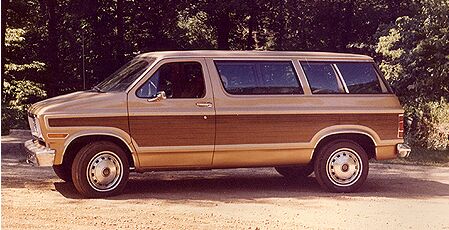

















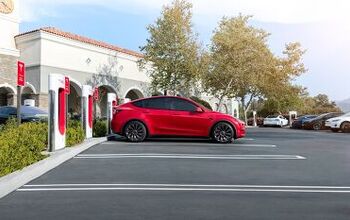
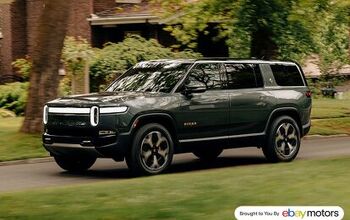
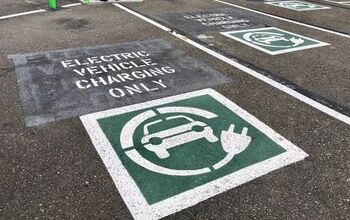
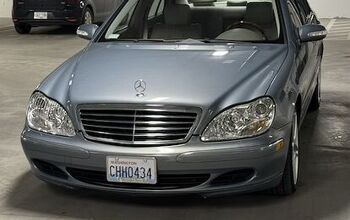
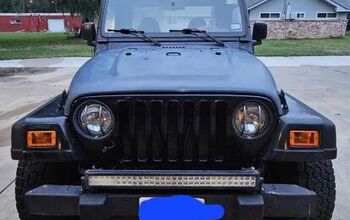
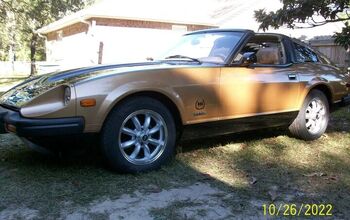
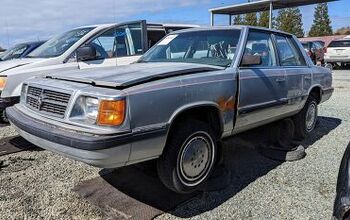
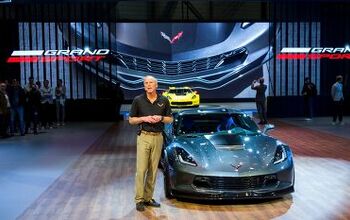


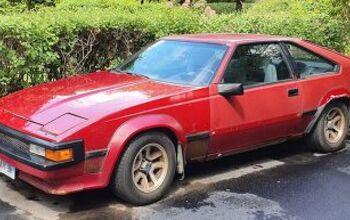
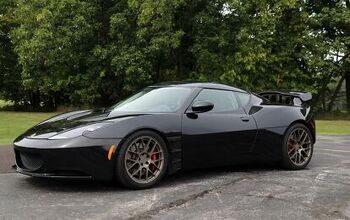

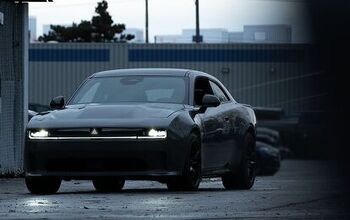
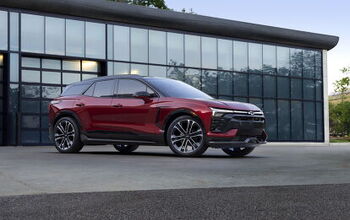
Comments
Join the conversation
Wrong, the Carousel is not a van – it is not tall enough. It is more like the Ford Flex – a big station wagon in the style of early 1950s, in one sense a short version of the Chevrolet Suburban, in another a precursor of the Chrysler Pacifica. (Unfortunately the Flex is awkwardly styled – look at the new Mini in contrast to see how a two-box shape can be styled.) The Espace looks like a real minivan, though probably smaller like a Mitsubishi/Chrysler product sometimes misleadingly called Colt and a Nissan product. A major flaw in your articles is the confusion between van and station wagon – a big difference in height. Perhaps we should talk of three heights – van, Suburban/Flex, and lower as station wagons were in later years. (And don’t get me going on the term “SUV” which would suit the Caravan – it’s definitely not a rural utility vehicle due to its compromised suspension, and what are called “SUV” range from vehicles that can handle rough roads to those that would faint at the sight of one.) MiniMax sounds more like a small family town wagon with upright seating. (We should check what has been sold in the Japanese market where upright seating is popular, probably because it shortens the vehicle.) The keys to the Caravan minivan package’s low height are not only front-wheel-drive but compromised suspension travel. (It is lower than the VW van, BTW.) If you want a minivan as a family wagon for city or freeway cruising, the Caravan is it – but if you want a minivan for gravel roads or work, the best configuration is the GM rear-drive one no longer sold in Canada-US (Astro/Safari?). BTW, some people are forgetting that traditional station wagons had fold-flat seats to facilitate loading of long items. And people who argue about one-box Espace versus Megagamma are pedantic fools. “One box” is the VW, Corvair Greenbriar, and perhaps early Ford and Chevrolet vans – blunt front ends. “Two box” is many vehicles in history, including the Mini and Suburban, most station wagons, and probably many “panel delivery” vehicles such as a version of the Morris Minor and versions of pickup trucks in the 1940s and 1950s if not earlier.
I love seeing these stories regarding concepts that I have vague memories of from collector magazines, books, etc (usually by the esteemed Richard Langworth who I credit for most of my car history knowledge!!!). On a tangent here, I remember reading Lee Iacocca's autobiography in the late 1980s, and being impressed, though on a second reading, my older and self realized why Henry Ford II must have found him irritating. He took credit for and boasted about everything successful being his alone, and sidestepped anything that was unsuccessful. Although a very interesting about some of the history of the US car industry from the 1950s through the 1980s, one needs to remind oneself of the subjective recounting in this book. Iacocca mentioned Henry II's motto "Never complain; never explain" which is basically the M.O. of the Royal Family, so few heard his side of the story. I first began to question Iacocca's rationale when he calls himself "The Father of the Mustang". He even said how so many people have taken credit for the Mustang that he would hate to be seen in public with the mother. To me, much of the Mustang's success needs to be credited to the DESIGNER Joe Oros. If the car did not have that iconic appearance, it wouldn't have become an icon. Of course accounting (making it affordable), marketing (identifying and understanding the car's market) and engineering (building a car from a Falcon base to meet the cost and marketing goals) were also instrumental, as well as Iacocca's leadership....but truth be told, I don't give him much credit at all. If he did it all, it would have looked as dowdy as a 1980s K-car. He simply did not grasp car style and design like a Bill Mitchell or John Delorean at GM. Hell, in the same book he claims credit for the Brougham era four-door Thunderbird with landau bars (ugh) and putting a "Rolls-Royce grille" on the Continental Mark III. Interesting ideas, but made the cars look chintzy, old-fashioned and pretentious. Dean Martin found them cool as "Matt Helm" in the late 1960s, but he was already well into middle age by then. It's hard not to laugh at these cartoon vehicles.